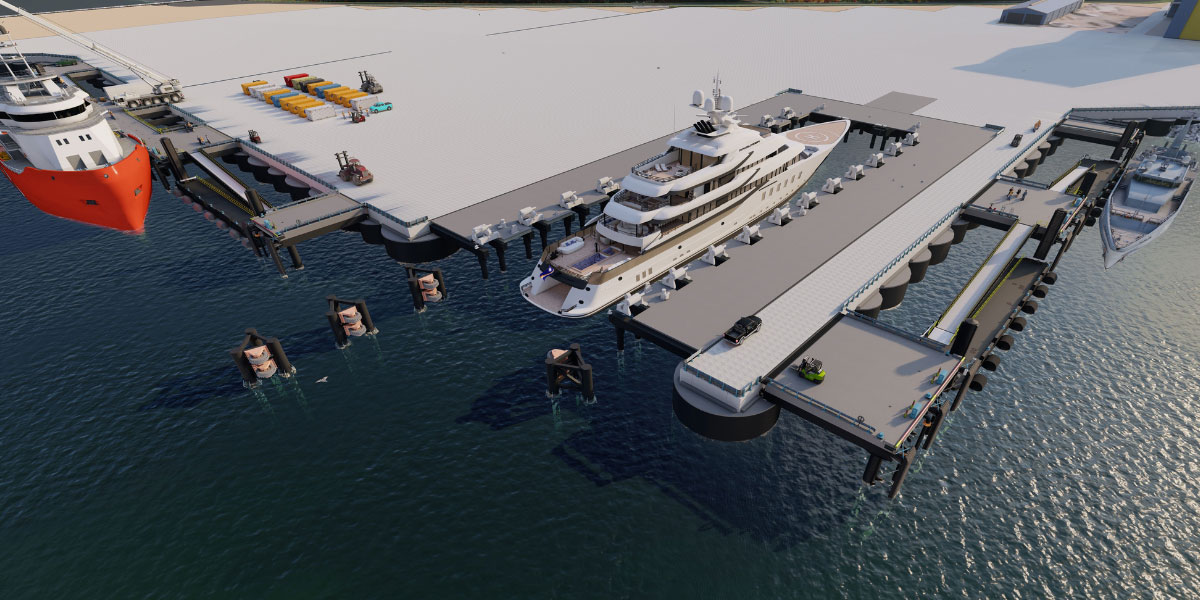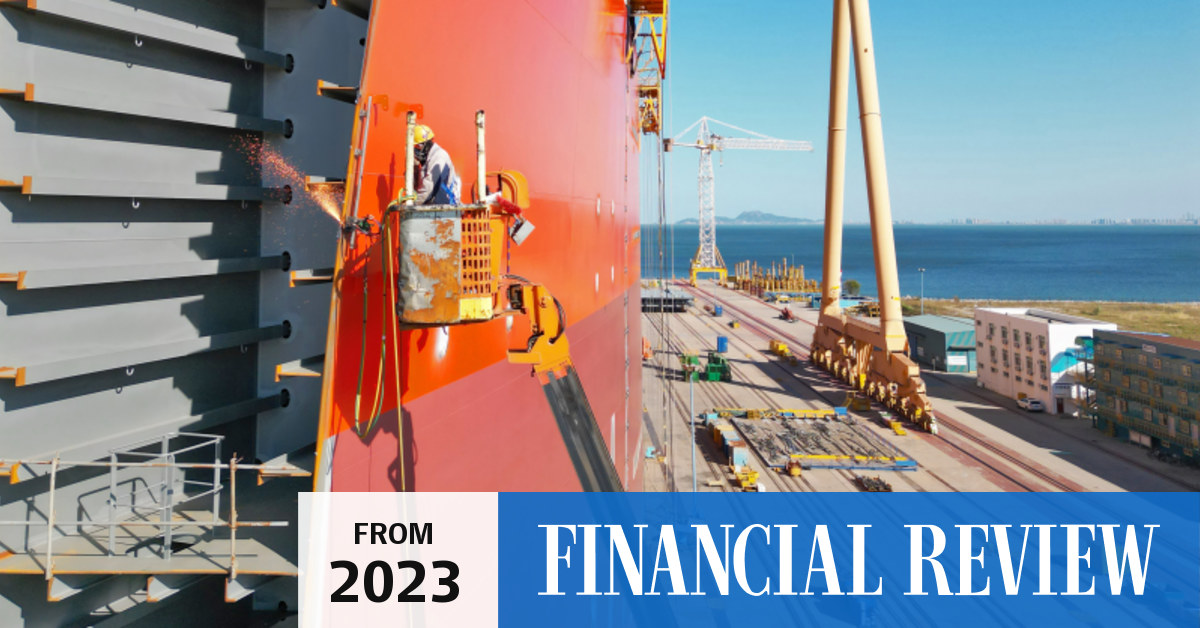If gov't were to order/purchase Tier 2 vessels for the RAN with any expectation that they will be out of service 20 years from now, that would almost certainly be a massive waste of money and resources.
If we are being realistic, it would likely be about a decade before the lead ship of a "Tier 2" class of vessels could be brought into RAN service, assuming a programme to make such a selection was started now. This in turn would mean that the lead ship would only have been in service ~a decade before getting decommissioned, assuming that 20 years from now (~2043/2044, or right about when the current plan for the
Hunter-class build is supposed to end...) the Tier 2 vessels are taken out of service.
If several Tier 2 vessels were actually ordered, then those beyond the lead ship would be even newer/younger at the time of their end of service.
Now there are a couple of caveats, particularly since AFAIK there is still no public definition of what constitutes a 'Tier 2' vessel, though I would put forth that a weapons and sensor fitout comparable to the
ANZAC-class frigates (possibly less CEA-FAR) should likely be the minimum capability fitout. One of the first caveats is that this notional 'Tier 2' vessel might have a fairly basic/simple weapons, sensors and combat system fitout, better than the
Arafura-class OPV's are to have but still well short of what would normally be considered a modern combatant. If this were to be the case, then it might be possible that the design and construction could be accelerated with the lead ship brought into service in less than a decade. Alternately, it might be possible for an existing design currently being built in active overseas yards could possibly get selected, which could possibly see a lead ship available in less than a decade as well. Of course there would be the problems a number of us have pointed out which would occur if the RAN were to bring into service a foreign warship design which was built and kitted out in overseas yards using manufacturer selected/sourced kit and systems, as opposed to using what is already in service with the RAN. The need to train Australian personnel to operate and maintain effectively bespoke systems in the RAN, plus the issues with establishing and then maintaining the appropriate logistical chains would likely delay the entry into RAN service for such a class, even if the actual construction of the vessel(s) were complete.
Now consider what the likely per vessel and/or programme cost would be for 'Tier 2' vessels. IIRC the
Arafura-class OPV's are currently supposed to cost something like AUD$300 mil. per vessel, and I would expect a larger vessel with actual combat capability to easily be double or triple this, if not more. This would put things into AUD$600 mil. or more (again, much depends on systems selected and fitout) per vessel, with the class to serve for a shorter period per vessel than the
Armidale-class patrol boats. TBH this sounds like a rather poor proposition for the RAN, particularly if, as
@Redlands18 suggested could happen, some future gov't might simply look at the number of hulls and decide to upgrade existing vessels rather than acquiring proper replacements.






